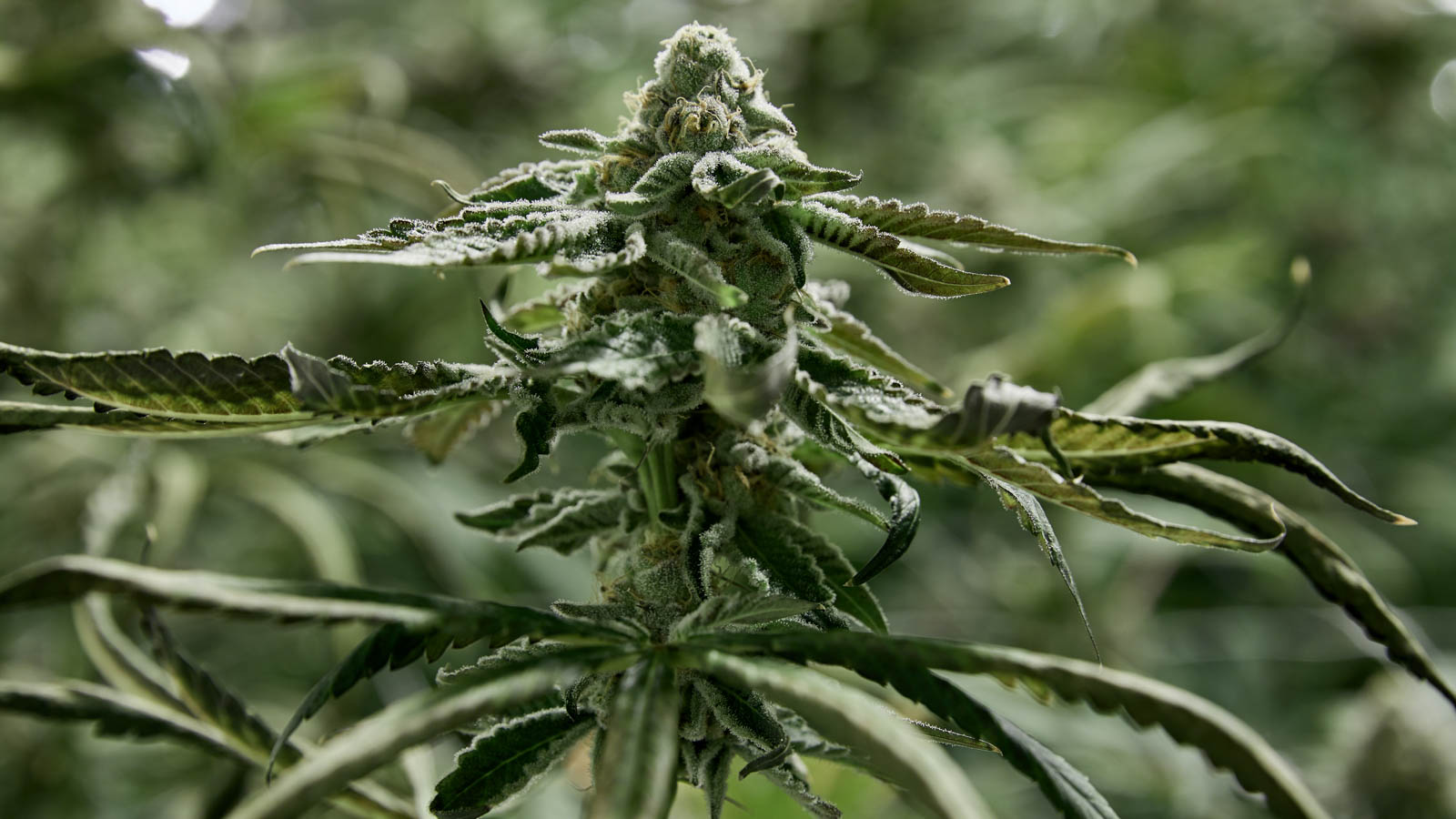After the roots emerge from the cubes or are mixed, the clones should be transplanted into the desired bucket as a 5 gallon container.
When multiple clones are started at the same time, some sometimes look like roots while others look weak or dead.
You can also opt for Sacramento clones for sale at https://mendobros.com/sacramento/.
Cuttings that appear weak can be removed a little so that breeders know which cuttings have roots and which are not. Resist resistance has anchored roots, while very weak or dying clones break out easily.
Transplant procedures
Plants can be transplanted at any time during the vegetative growth phase. Plants usually need to be able to spread their roots and not tie too tightly to the roots. Plants should not be transplanted while they are in bloom.

Plants can be moved from one environment to another. For example, plants in rock wool, clay, perlite, soilless mixes, or soil can fit into other environments.
Plant roots adapt to different root media. The key is to feed the roots properly at all times.
For example, a plant made from peat moss or a soilless mixture transplanted to clay or perlite requires a new feeding program because soilless mixes can be watered continuously or days can pass between waterings.
However, the roots, which are in a clay-like environment, cannot pass the days between waterings because the plant grows in the harsh climate. The same is true if the plant is transplanted from a medium such as rock wool or clay into soils or a mixture that is not soiled.
Root in soil or anchor soilless in center to keep roots intact. This makes for a quick graft, especially if the mixture is neither too wet nor too dry. Manufacturers should always keep the soil mixture between too dry and too wet.

